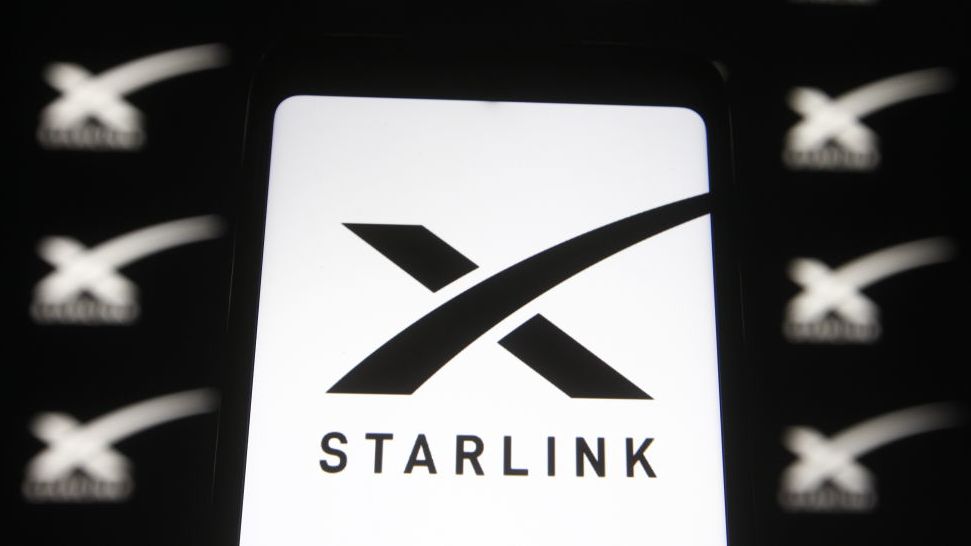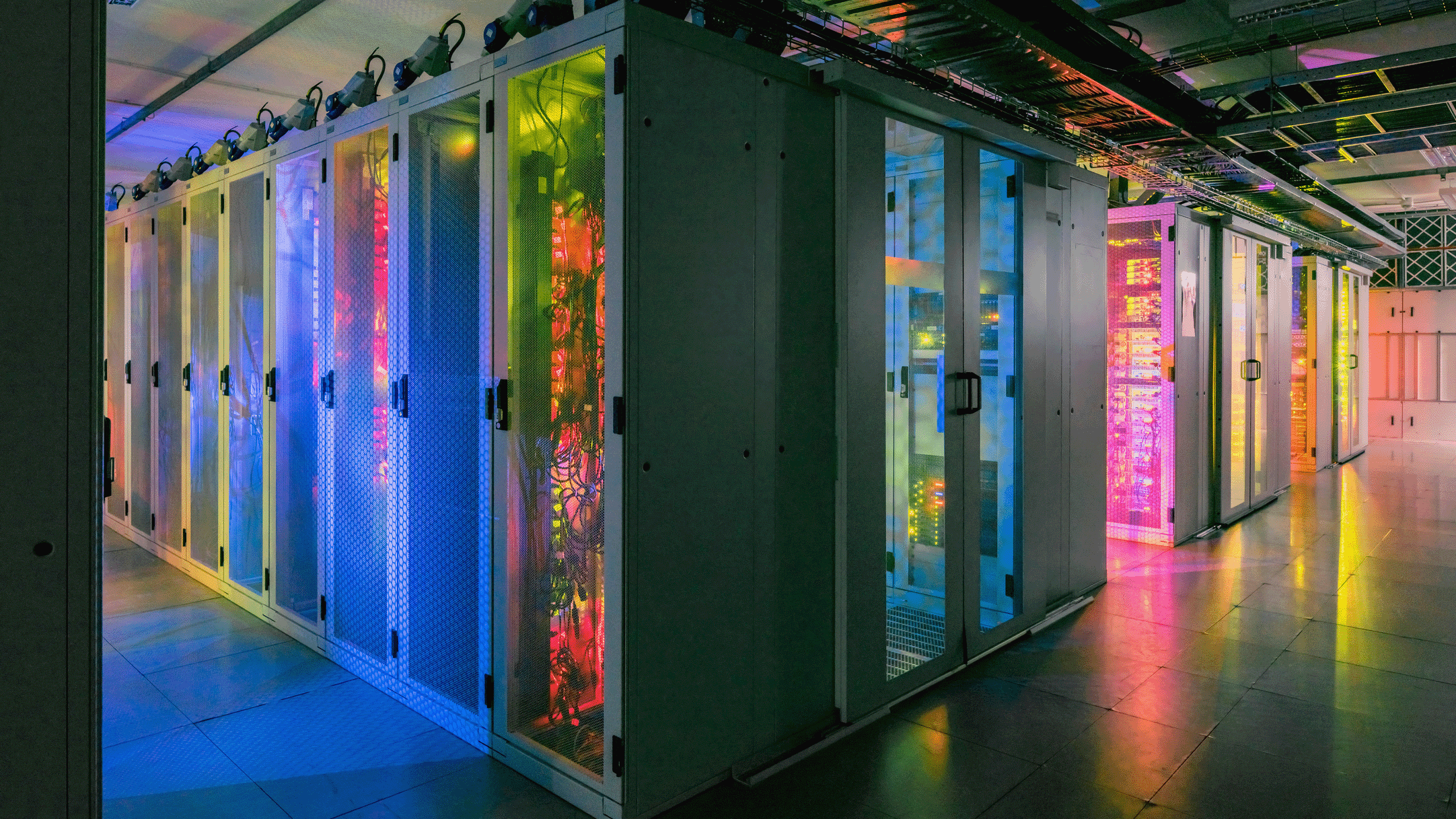SpaceX given FCC nod to provide Starlink Wi-Fi to moving vehicles
The approval allows the satellite network to cater to planes, ships and trucks in next step of expansion


SpaceX has officially been given approval by the Federal Communications Commission (FCC) to provide Wi-FI to moving vehicles, a long sought after goal for the company.
With licence in hand, the company's Starlink service will now be able to provide Wi-Fi to planes, boats, ships, and large trucks in a landmark move that expands the capabilities of the ambitious satellite network.
RELATED RESOURCE

Flexible IT models drive efficiency and innovation
A modern approach to infrastructure management
Starlink provides high-speed internet access to customers in remote locations across 36 countries, using satellite receiver dishes to connect to an array of low earth orbit satellites. Residential customers can expect download speeds around 104 Mbits/sec, while the company claims that firms signed up for Starlink Business get 150-350 Mbits/sec.
To date, the service has only been available for static use, as well as in a flexible package called ‘Starlink for RVs’ in which customers can pause and unpause their connection as they move between locations for an added cost. SpaceX has not announced when customers will see the immediate benefits of the ruling.
Earlier this year, SpaceX signed an agreement with independent air carrier JSX to provide in-flight Wi-Fi for their flights, as well as with Hawaiian Airlines with the service set to go online next year. With Starlink’s reputation for strong satellite connection, it is likely that other industries, such as shipping, will sign contracts with SpaceX in light of the FCC decision.
The network has been in the news recently due to praise it has received from Ukrainian president Volodymyr Zelensky, as citizens and soldiers in the war-torn country have continued to speak with loved ones and access crucial information systems using satellite receiver dishes supplied directly by SpaceX.
SpaceX has ramped up Starlink deployment of late, with four launches in May alone adding 212 satellites to its ever-expanding network. Over 2,200 Starlink satellites are currently operating in orbit as part of the ‘Gen1’ phase, with an overall plan for 12,000 satellites having received permission to go ahead by the FCC several years ago.
Sign up today and you will receive a free copy of our Future Focus 2025 report - the leading guidance on AI, cybersecurity and other IT challenges as per 700+ senior executives
SpaceX has filed paperwork to allow further expansion of this ‘megaconstellation’ of satellites to between 30,000 and 42,000 over the next decade. This has drawn criticism from some in the space community, with concerns aired over the potential for debris from Starlink satellites to make orbital activity more perilous, and astronomers last year asking the UN to look into the satellites’ increasing intrusion into long-exposure photos of the night sky.

Rory Bathgate is Features and Multimedia Editor at ITPro, overseeing all in-depth content and case studies. He can also be found co-hosting the ITPro Podcast with Jane McCallion, swapping a keyboard for a microphone to discuss the latest learnings with thought leaders from across the tech sector.
In his free time, Rory enjoys photography, video editing, and good science fiction. After graduating from the University of Kent with a BA in English and American Literature, Rory undertook an MA in Eighteenth-Century Studies at King’s College London. He joined ITPro in 2022 as a graduate, following four years in student journalism. You can contact Rory at rory.bathgate@futurenet.com or on LinkedIn.
-
 Google DeepMind partners with UK government to boost AI research
Google DeepMind partners with UK government to boost AI researchNews The deal includes the development of a new AI research lab, as well as access to tools to improve government efficiency
-
 Is BESS the key to data center energy demand?
Is BESS the key to data center energy demand?In-depth Battery energy storage systems can evolve from a transitional solution to a core asset for data centers